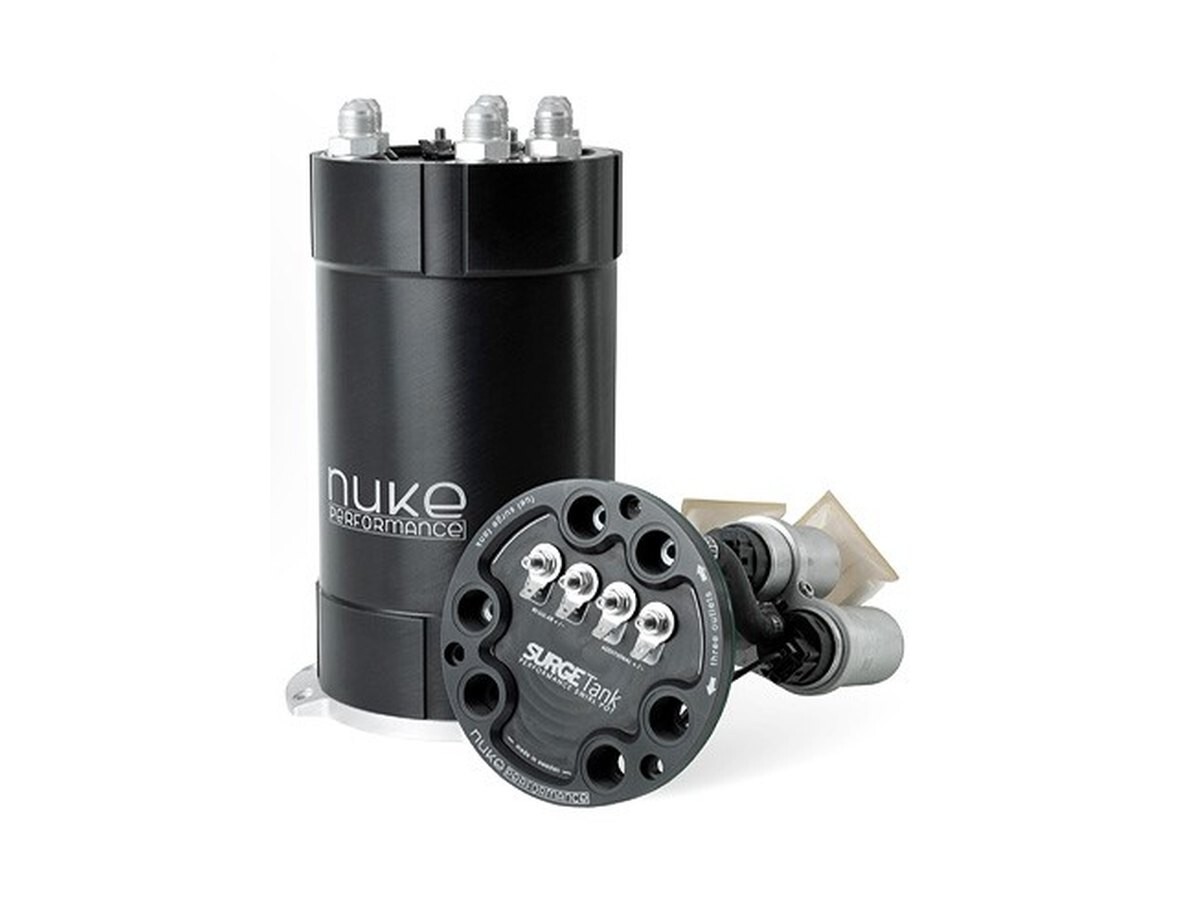
The power output of a battery storage system is given in kilowatts - the same unit used to describe ‘demand’ on electricity bills (see Chapter 2) or the power output of a solar system (see Chapter 7). Note that sometimes a battery product’s capacity may be given as ‘nominal’, which means that it does not take into account ‘depth of discharge’ (see below). When talking about batteries, it is best to look for or ask about a ‘usable storage capacity’ figure so that you can be clear on what you’re getting. A good analogy is a smart phone, which may have 16 gigabytes of storage capacity (nominal), of which only 12GB can be effectively utilised (usable). ‘Nominal’ capacity may be less than the battery’s actual, usable capacity (see ‘depth of discharge’ below). It’s important to note whether a battery’s storage capacity is listed as ‘nominal’ or ‘usable’. For example, a battery with storage capacity of 5 kWh will hold 5 kWh of energy at the beginning of its working life - although it will probably degrade to hold less as time goes on. Facing increasing price competition from lithium batteries and without the long history of lead batteries, it’s distinctly possible that batteries that fall into this ‘miscellaneous’ group may cease to be an option for battery system shoppers - but keep watching this space.īattery storage capacity is usually described in kilowatt-hours (kWh) - the same unit used for the ‘supply’ or ‘usage’ component of an electricity bill (see Chapter 2) and energy yields from a solar PV system (see Chapter 7).

Redflow’s ZCell).Įach battery chemistry type has its own performance specifications and price range. Aquion Energy) and zinc-bromide ‘flow’ batteries (i.e.


Two once promising ‘alternative’ battery types that have dropped out of the residential market are sodium-sulfur ‘saltwater’ batteries (i.e. There is an ever-dwindling pool of battery options that are not lead-based and non-lithium. Most of the commercially available lithium batteries have 10-year warranties and are maintenance-free. They also generally have a higher energy density than lead batteries, storing more energy in less space. Lithium batteries have high power output capabilities as compared to lead batteries, and are generally more tolerant to faster charging/discharging applications (such as electric vehicles). Like lead batteries, there are a number of different lithium chemistry types now commercially available - two of the dominant ones are lithium nickel manganese cobalt oxide (NMC - used in Tesla’s Powerwall, among others) and lithium-iron phosphate (LiFePO4, used in LG Chem’s RESU range of batteries, among others). While they are still expensive, the promise they hold is tremendous, and prices are certain to come down rapidly as demand for EVs continues to grow. Their widespread availability comes directly off the back of the rise of handheld electronics and electric vehicles (EVs).Īccordingly, many of the home battery products on offer are made by or for EV manufacturers. Lithium batteries are the ‘new kids on the block’ compared to to lead-type batteries. Lastly, lead batteries are easily recycled, as they have have enjoyed widespread use for decades now, and their recollection streams are well-established.Secondly, they are less tolerant to ‘deep’, fast discharging and therefore need to be treated relatively gently depending on the configuration, the warranty period on a lead battery bank may be as short at 3 years or longer than 10 (as opposed to a general minimum of 5 on most lithium products).Firstly, they require less capital outlay than lithium batteries (at least for now).

On the most affordable, but most maintenance-intensive, end of the spectrum are ‘wet’ lead-acid batteries, while lead-carbon batteries are among the priciest but low-maintenance chemistries.ĭespite their variety, lead-type batteries as a group share a few things in common compared to lithium-type batteries (discussed below). There is a wide range of lead batteries types, some of which need regular maintenance and some of which do not. Their primary residential use is in off-grid solar systems for remote areas. Lead type batteries have been in commercial use for residential and other applications for decades, and are a tried and true form of electrical energy storage. It’s now possible to divide the available battery chemistry types into three categories: lead-type, lithium-type and ‘other’. The battery storage market is evolving rapidly.
#THE SURGE 2 BATTERY EFFICIENCY HOW TO#
At a minimum, it’s important to understand what types of home battery chemistry types are available, how to read and compare battery specifications, and the main types of battery storage system configurations (and what they can and can’t do).


 0 kommentar(er)
0 kommentar(er)
